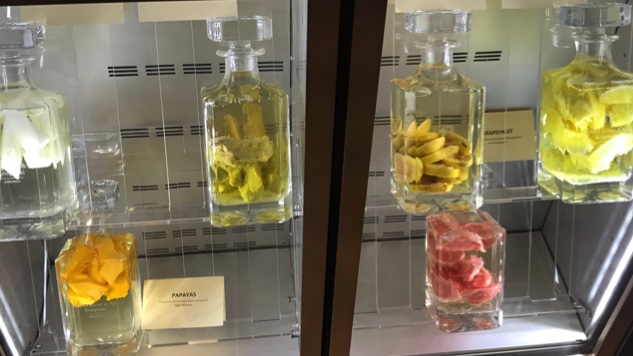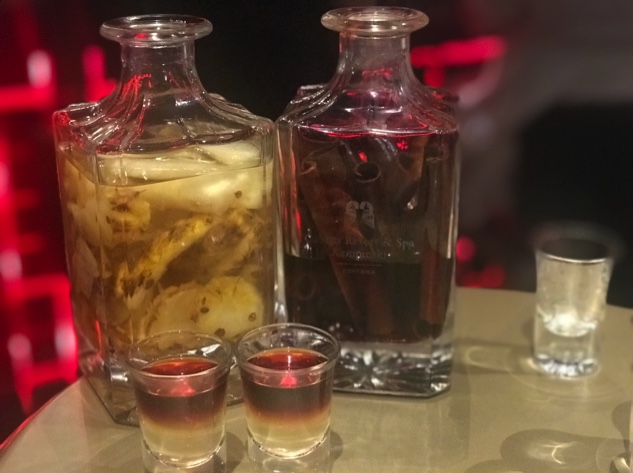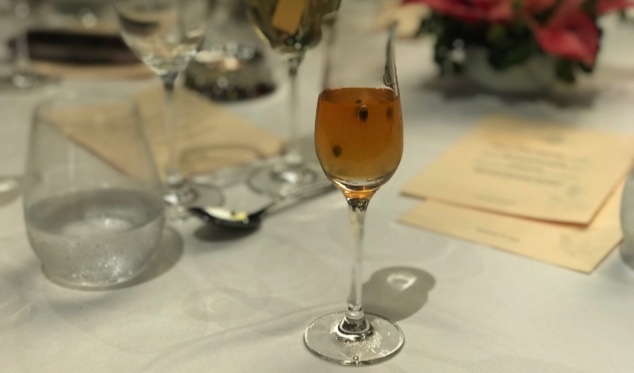A Guide to Bush Rum in Dominica: We Taste 37 Flavors
Photos by Josh Jackson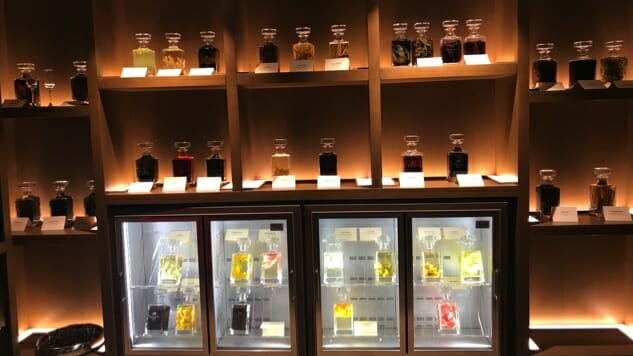
The task was equally tempting and daunting. A seductively lit wall of three dozen different flavors of “bush rum” with color and variety to surpass Baskin-Robins: tropical fruits like pineapple, orange and passionfruit; mysterious local herbs and spices like chook chook and pueve; and truly bizarre-looking concoctions like avocado and “tobac zombie.” Over the course of three nights at the RumFire Hotel Bar at the brand new Cabrits Resort & Spa Kempinski on the island of Dominica I thought, could I try them all?
When the sugar plantation owners in Barbados and Jamaica learned that the molasses byproduct of their refineries could be fermented in the 17th century, rum became the ubiquitous liquor of the Caribbean. And although rum distilleries throughout the region quickly realized they could age the rum in barrels and add spices for a richer, more complex flavor, the people of Dominica took things to the next level.
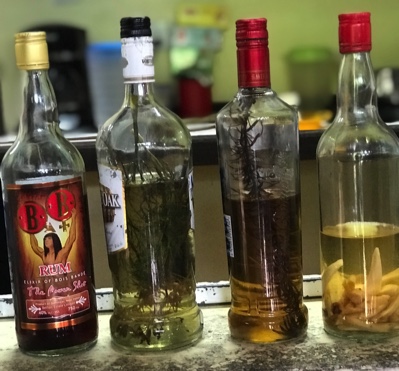
At nearly every bar in the small island nation (pronounced Dom-in-EE-ka), you’ll find Bush Rum—bottles of overproof rum from local distilleries infused with just about every herb and fruit that grows on the island. The tradition stems from the use of herbs for medicinal purposes—they were combined with the rum as a sort of tincture to cure a variety of ailments. So just about every bush rum comes with recommended medicinal effects. The anise-like Nannie “helps improve your memory and decrease muscle pain,” according the listings at RumFire. Lemon grass “helps lower your cholesterol.” Ginger “helps prevent nausea and aids digestion.” And then there are the Dominica favorites you can find all around the island: the power shot from “local herbs” that will, as one bartender up in the mountains promised, “put the booster in your rooster” (if you’re looking for a natural Viagra alternative); and the ubiquitous “under-the-table rum,” infused with either CBD oil or straight-up weed.
The resort’s assistant general manager Ali Kandag built his new hotel bar around this Dominica tradition with recipe suggestions from locals and rum made right on the island. Like many homes and businesses on Dominca, Macoucherie Distillery was virtually destroyed by Hurricane Maria in 2017, but is back producing rum from sugar cane using a hydro-powered press. Kandag approached Macoucherie’s Don Shillingford with the idea of an upscale bush rum bar, and Shillingford loved it, volunteering to gather herbs from around his relatives’ properties to ensure a level of authenticity to the offerings.
The result is a gorgeous display of 36 different infusions of a 96-proof barrel-aged Macoucherie rum, each aged for a couple of weeks (herbs don’t take as long as the fruits). The variety and novelty makes for a tremendously fun drinking experience. And over the course of three nights last week, with much encouragement from both friends and staff, I became the first guest to taste them all. I’m pretty sure under Caribbean Pirate Law, that means I now own the bar. Regardless, here’s what I learned.
